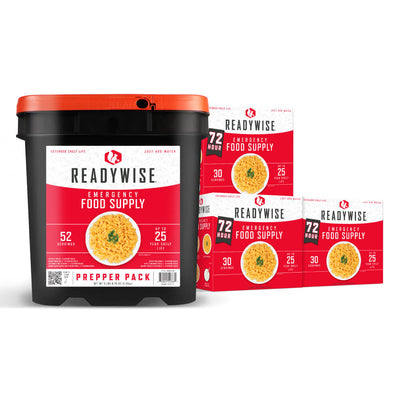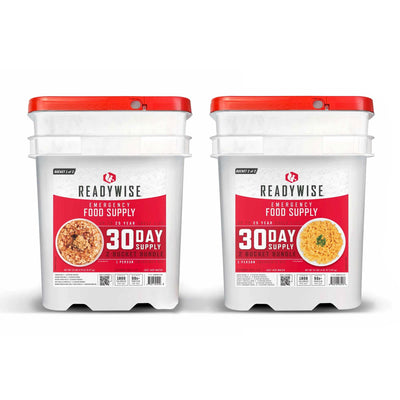How to Use and Make Natural Antiseptics
If you are a Baby Boomer or older, you may fondly remember having bright red liquid lovingly applied to your skinned knees by your mom or the school nurse. Mercurochrome, generically called merbromin, was used frequently back then to clean superficial wounds. In 1998, the U.S. Food and Drug Administration declared that it was "not generally recognized as safe and effective" as an over-the-counter antiseptic and banned its sale across state lines. While this bright red medicine is still available on a limited basis, it is thought of more so in nostalgic terms rather than as a practical remedy. These days, most people use isopropyl rubbing alcohol or hydrogen peroxide as an antiseptic or disinfectant. While there are mixed views on the effectiveness of these products, they can pose serious health risks if used incorrectly.
Natural antiseptics are not only better for your skin, but are environmentally friendly because they are biodegradable. They can come in handy while camping or during natural disasters when you cannot get to a pharmacy. Here are a few suggestions for using natural antiseptics and making simple solutions yourself.
A Few Natural Choices
- Witch hazel: This is an inexpensive, mild antiseptic with known toning properties. It is a soothing astringent that can help refine pores and prevent blemishes.
- Grapefruit seed extract: This is a powerful all-around antimicrobial product and excellent disinfectant. For antiseptic use, make a solution of 4-40 drops in four ounces of water and apply to the affected areas with a cotton ball 2-3 times a day or spray on larger areas.
- Honey: Applied full strength or diluted with water as much as 10:1, this sweet nectar has been found to stop the growth of all major wound-infecting species of bacteria. In some cases, researchers found honey superior to antibiotics in treating drug-resistant strains of bacteria. Use for bites, stings, cuts, or any topical infection.
- Tea tree oil: An exceptional natural antibiotic, this oil contains antiseptic compounds that are effective as a skin disinfectant. Depending on the severity of the problem, you can use 5-15 percent solutions daily. This oil has proven benefits for acne, athlete's foot, ringworm, jock itch, fungal infections of the toenail or fingernails, yeast infections, and wound healing. For wound cleansing, make a 10 percent solution (about 1½ tablespoons tea tree oil added to a cup of warm water). Make sure you only purchase 100 percent pure tea tree oil, but be aware that it has a very strong scent that can be irritating to some people.

















































































Hawthorn Berry Tincture
1 cup fresh or dried hawthorn berries
1 pint of 80-proof vodka
a glass jar with a tight-fitting lid
1 mortar and pestle
Rinse the hawthorn berries thoroughly and remove any stems or leaves.
Crush the berries using a mortar and pestle or a food processor.
Place the crushed berries in a glass jar.
Pour alcohol over the berries until they are covered. Seal the jar tightly with a lid. Store the jar for at least six weeks in a cool dark place.
After six weeks, strain the tincture through a cheesecloth into a clean glass jar (or dropper bottle).
Your tincture is ready. Store the tincture in a cool, dark place.
To use the hawthorn berry tincture, add a spoonful to a glass of water, a smoothie, or a cup of juice and drink daily. Now you have a tasty and natural remedy for clogged arteries.
1 cheesecloth
dropper bottle (if you have it at hand; I used a glass jar instead)
Can you recommend the best tincture for cleaning out arteries using a vodka base? Thx